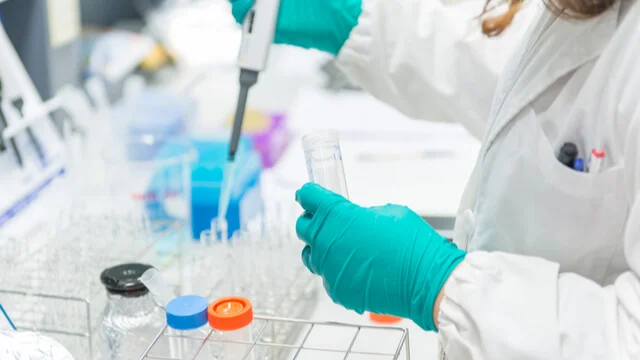Today there is an increased awareness about drug safety. Compliance with GLP practices while conducting clinical and nonclinical studies ensures the reliability of safety and efficacy profiles. These drug profiles are crucial while submitting NDA and ANDA applications. The US FDA has released guidance for bioanalytical assay development and validation. Although more detailed recommendations are necessary for these bioanalytical assays.
The last decade has seen tremendous amounts of research and data from the industry and regulatory bodies for assay method development and validation. Such focused efforts have given rise to several key publications and papers on the topic. These efforts have helped in developing bioanalytical assays in new drug development.
However, what is drug discovery and development, and how can bioanalytical solutions help them?
Drug discovery and development aim at identifying potential compounds that can be converted into safe and effective drug products. Hence, thorough assay development and bioanalytical assay validation will ensure that sponsors deliver reliable and effective drug products to the market. Therefore, we share some successful strategies for assay development and validation every bioanalytical CRO and assay development service should know.
Strategies for bioanalytical assay development
Bioanalytical method development aims to define a robust assay design and provide scientific evidence to back its suitability for the intended purpose. Following are some strategies bioanalytical cro must consider for method development.
Scientists must minimize carryover during method development. If they can’t avoid carryover, a non-randomized sequence with extra blanks must be used after the highest calibration standard.
Sponsors must address issues related to analyte stability during bioanalytical assay development itself. Delaying troubleshooting of stability issues may subsequently delay validation activities.
The anticoagulant must be consistent throughout preclinical and clinical studies. If, under certain conditions. the coagulant changes, scientists must run an equivalency experiment to demonstrate the use of a new anticoagulant.
Generally, collection process stability and whole blood stability are not assessed during assay development. However, evaluating these parameters early during method development can be beneficial. These assessments may provide valuable information for clinical and nonclinical studies. Let us now focus on strategies for assay validation.
Strategies for bioanalytical assay validation
Selectivity, accuracy, matrix effects, sensitivity, precision, LLOQ and ULOQ, linearity, and range and stability evaluation are crucial parameters for assay validation.
Scientists must understand when to perform a full validation vs. a partial assay validation. Full assay validation is required for a newly developed method or when additional metabolites or analytes are added for quantification. On the other hand, partial validation is performed during the transfer of a method, change in the matrix, change in separation procedure, change in the concentration range of the standard curve, or need for additional evaluation of assay selectivity.
During nonclinical studies, sponsors first conduct full validation in rats and then secondary partial assay validation in another species. Although, a full assay validation is needed for clinical studies. However, sponsors can perform partial validation for minor changes in the calibration range or assay matrix.
There are many more strategies developers can employ for method development and validation. However, the primary goal will always be to generate reproducible and reliable assay results.

